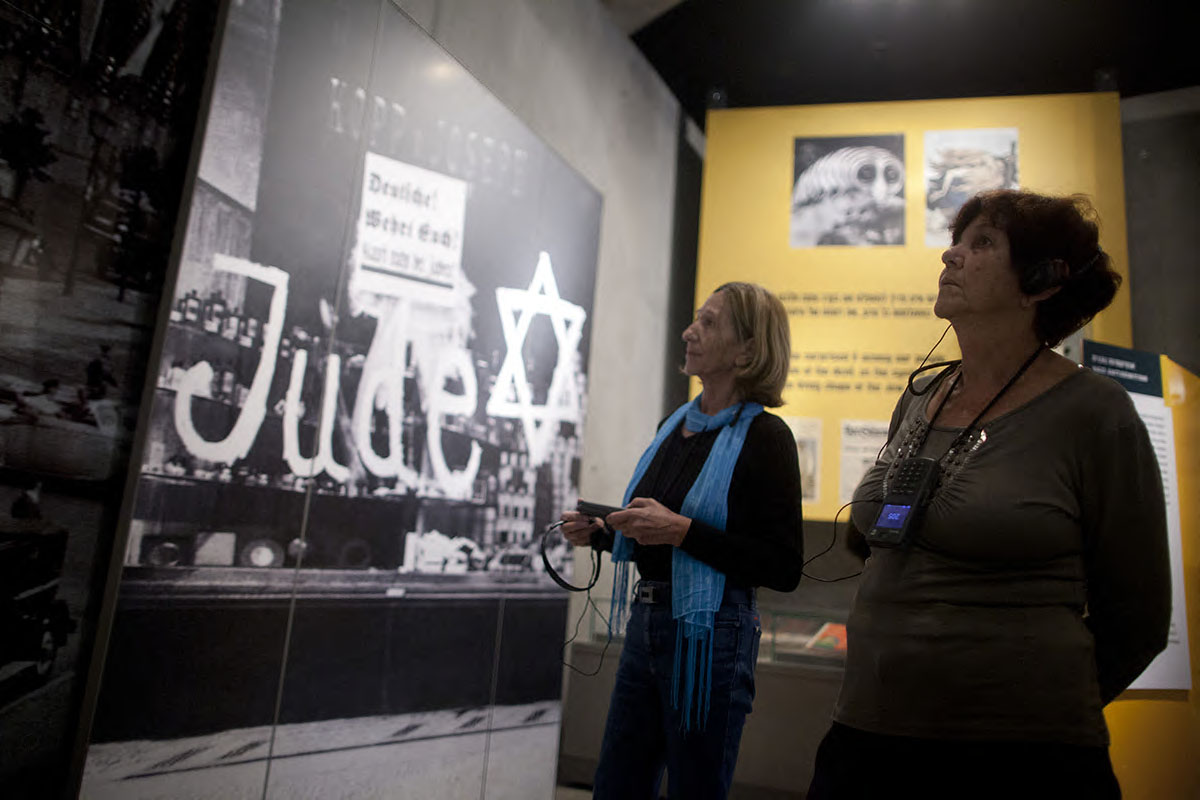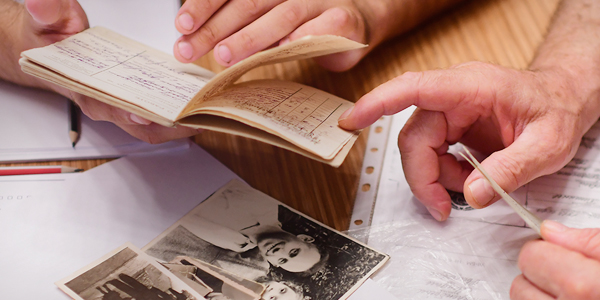Born in Frankfurt am Main, Germany, in 1889. Murdered in the Theresienstadt ghetto, in May 1943.










Pencil on paper
30.6X21.6 cm
Collection of the Yad Vashem Art Museum, Jerusalem
Gift of Mrs. Warren, courtesy of the Embassy of Israel in Stockholm
Schwarzschild lived in Berlin, whence he was deported to the Theresienstadt Ghetto in March, 1943. During his internment, he made friends with prisoners working in the Ghetto Watch, and particularly with those from the Orientierungsdienst. The duties of the Orientierungsdienst workers were to assist newcomers with finding their barracks and, when necessary, to make sure they had a place to sleep. These activities were initially carried out by internees from Berlin aged 62-75. Later, Czech-speaking women and men joined these duties.
During his internment in Theresienstadt, which lasted less than two months, he drew a number of portraits and several drawings depicting life in the ghetto. The artist mostly memorialized the members of the Orientierungsdienst. The portraits in this exhibition are part of a poems portfolio with drawings and texts dedicated to Dr. Kurt Frey, head of the Ghetto Watch and one of the founders of the Orientierungsdienst. Most of the portraits are signed and dated by the artist. At times, the sitter added his signature.
Yad Vashem holds 16 portraits from this portfolio in its collection.
In the exhibition “Last Portrait: Painting for Posterity”, Yad Vashem continues in its persistent endeavor to restore a face and a name to the victims of the Holocaust and tell their personal story. Despite our efforts, some portraits remain unidentified. If you have additional information about the portraits and/or artists that are part of this exhibition, please contact the Yad Vashem Art Museum staff.






